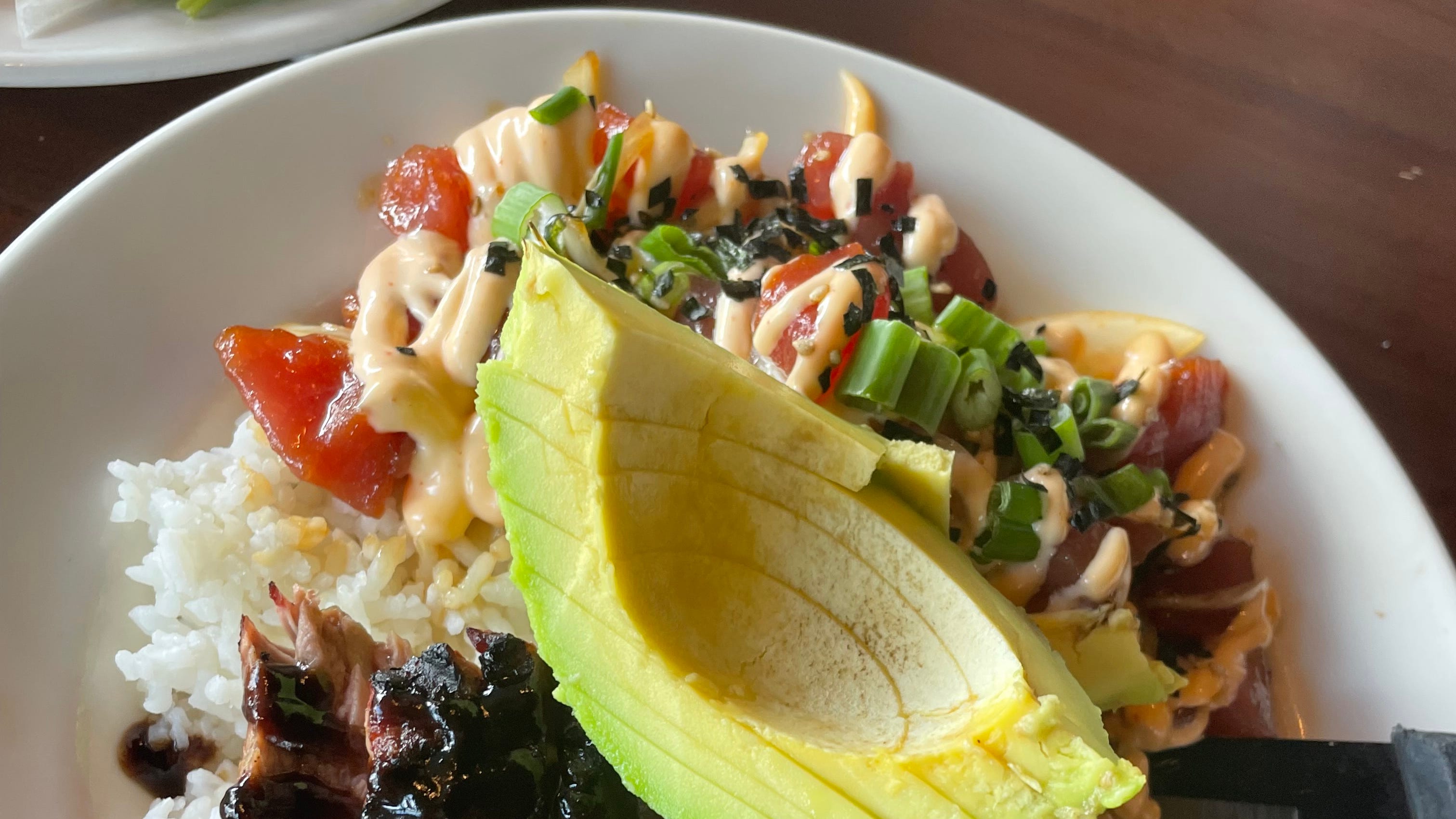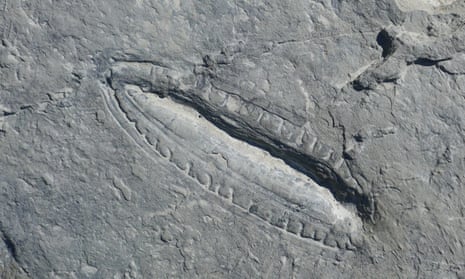The paleo diet—also called the stone age diet, cave man diet and hunter-gatherer diet—is designed to match what our ancestors ate. The plan eliminates foods like salt, processed sugar, grains and some legumes.
Approved foods include grass-fed meat and fish, as well as vegetables, fruits and berries. The diet avoids dairy, potatoes and nightshade vegetables (tomatoes, eggplant), refined vegetable oils and soda.

While many diets lean into modern fitness and nutrition trends, the paleo diet suggests its participants hark back to the stone age. It offers a host of filling food options thought to be eaten at that time, “foods one could hunt, fish or gather,” says Caroline Susie, a registered dietician and national spokesperson for the Academy of Nutrition and Dietetics.
While it has the benefit of promoting several high-protein and high-fiber foods that are also usually lower in fat and calories, experts say the paleo diet is too restrictive for long-term health and weight loss and doesn’t have robust science backing up many of its purported health benefits.
What is the paleo diet?
The paleo diet, also called the caveman diet, is designed to have its participants eat like humans who lived during the Paleolithic era. “It’s a way of eating that presumedly mimics the dietary habits of our hunter-gatherer ancestors,” explains Jen Messer, a nutrition consultant and registered dietitian at Jen Messer Nutrition. Susie says that advocates of the paleo diet “blame the agricultural revolution and the addition of grains, legumes and dairy to the human diet for the onset of chronic diseases like obesity and diabetes.”
As such, paleo diet followers are encouraged to consume foods the body “is ‘naturally’ adapted to digest” and by avoiding “more modern dietary additions such as processed foods, dairy products and grains,” Messer explains. “Advocates of the paleo diet believe eating this way can lead to weight loss, improved health and a reduced risk of today’s most common chronic diseases,” she says, “though scientific evidence does not back up these health claims.”
What foods do you eat on a paleo diet?
Even still, many of the foods offered in the paleo diet are popular and important to eat as part of a balanced diet. “Its focus is on animal protein sources such as eggs, beef, poultry and fish, along with a variety of non-starchy vegetables, fruits, nuts and seeds,” says Messer. The paleo diet also includes fats such as olive oil, avocado oil and coconut oil. In short, “a paleo eating plan is one that is high in protein, fiber, vitamins and minerals and low in simple carbohydrates, sugar, sodium and processed foods,” says Perri Halperin, MS, RD, clinical nutrition coordinator for the Mount Sinai Health System.
Foods restricted by the diet include wheat, rice, corn and refined grains, plus processed meats, refined oils, foods with added sugars, and legumes such as beans, peanuts and peas. “Dairy products like milk, cheese and yogurt are also excluded,” says Messer.
What are the pros and cons of paleo diet?
The paleo diet has the upside of recommending food groups many people are commonly deficient in. Paleo diet foods are generally “high in potassium and antioxidant intake,” explains Messer, while also being “low in simple processed carbohydrates, sodium and sugar.” Because of this, the diet “can be a healthy eating plan as it helps you achieve many nutrient requirements and could even contribute to weight loss and improved blood glucose and lipid profiles,” says Halperin.
That’s especially true for people eating too many processed foods such as cakes, breads, chips, cheese, microwave-ready meals, pastries, breakfast cereals and almost every menu item offered in a fast food drive-thru. For such people, “switching to a diet rich in fruits and vegetables has the potential to improve overall dietary intake,” says Messer. “It might also be a great way to kickstart a healthier diet.”
But the downside of the paleo diet is that it excludes some important food groups. “Following this diet over time can put you at risk for calcium and vitamin D deficiencies, which increases the risk of osteoporosis and bone fractures,” says Halperin. Cutting carbs out completely, especially good carbs like complex carbohydrates, has also been shown to cause health issues such as low blood pressure, kidney stones, constipation and increased risk of heart disease. Restrictive diets like the paleo diet, sometimes also lead to disordered eating, Susie says.
What’s more, maintaining diets that are too restrictive “can also lead to yo-yo dieting, which ultimately decreases health,” explains Messer. She says it’s best to approach any diet like a marathon, not a sprint. “It’s important to choose a pace that is sustainable for the long run and to avoid making any changes that can’t be maintained for life,” she advises. When considering the paleo diet or any dietary approach, Messer suggests consulting “with a registered dietitian to determine whether it is suitable for your individual needs and to ensure that you are meeting all your nutritional requirements.”
Try this instead:Mediterranean diet named ‘best diet overall’ for 6th year in a row. Here’s how to start it.
Source: usatoday.com






















Add comment